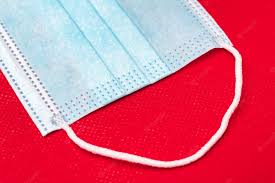Why are non woven fabrics used in medical textiles?
The demand for best-quality nonwoven fabric medical is growing at a higher rate. Nonwoven fabrics are widely used in the global medical field, along with effective protection against biological agents in different sectors. Different studies have proved that these materials can offer useful safety properties. For example, better prevention against diseases and infections. Nonwovens can help hospitals fight against the spread of infection and cross-contamination. Some studies also have proved that nonwovens can help relieve the most dangerous medical conditions due to expansions of blood-borne illness quantities, medication-safe microorganisms, effectively contaminated outdoor or indoor air, and more. Some Advantages For Using Nonwoven Medical Fabric Affordable From the crude materials to production cost to the users, Nonwoven Fabric Medical will be modest as far as possible. This is one of the major reasons why the medical industry uses this fabric. Highly Adaptable This fabric ca

